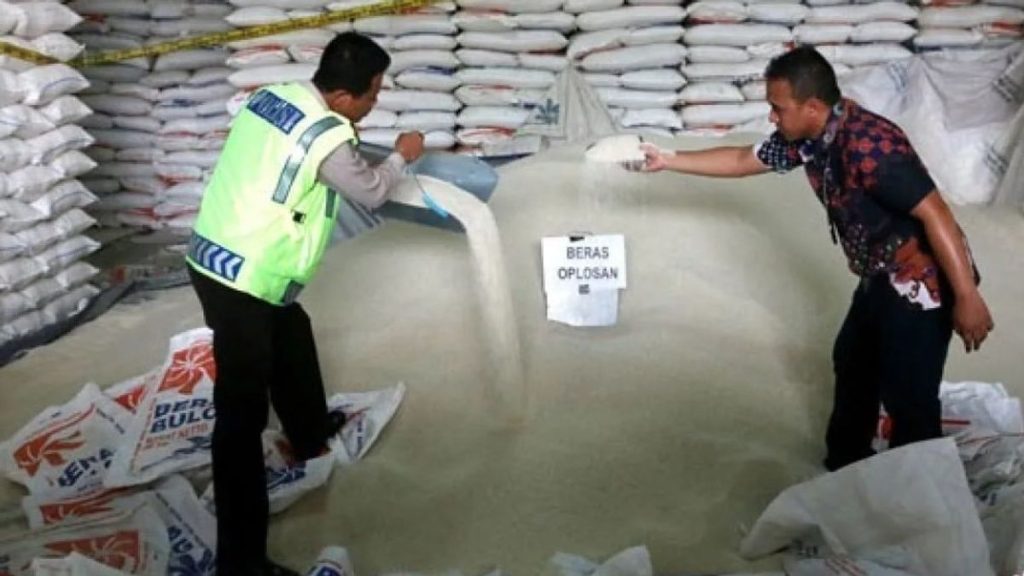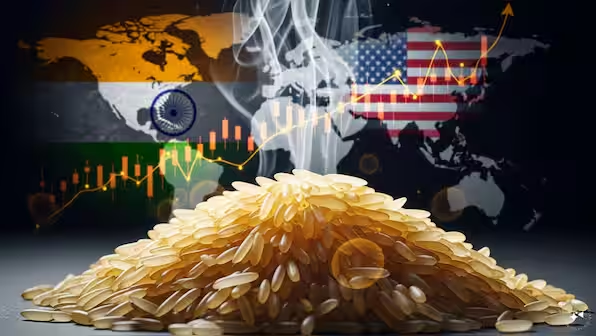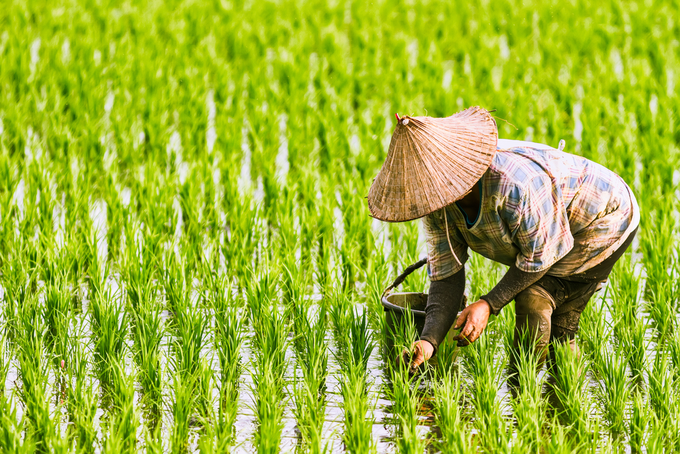Tags
The Government Also Has Wrong In Oplosan Rice Cases

JAKARTA – The public is again made a commotion with the findings of mixed rice. That 80 percent of premium rice circulating in the market is suspected to be mixed with low-quality varieties.
The news about mixed rice has been in the public spotlight for at least the past week, after the government announced that 212 brands of medium and premium rice were suspected of being mixed.
The mixed rice is marketed in Bogor, Tangerang, Serang, and Cilegon City.
Agricultural observers say the mixed rice circulating in the community is a congregational crime, while economist Bhima Yudhistira urged the government to immediately reform the expansion sector from upstream.
The Ministry of Agriculture (Kementan) also conducted quality tests on 268 rice samples in the 10 largest rice producer provinces in Indonesia from 6 to 23 June 2025. Of the total samples, 212 brands were found that did not match the quality, price, and volume.
The quality test in detail found that 85.56 percent of premium rice was not in accordance with the quality standards set.
Then, 59.78 percent of the premium rice was also recorded to exceed the highest retail price (HET), and 78.14 percent did not match the packaging weight. Around 21.66 percent had a lower real weight compared to the packaging.
The Ministry of Agriculture also found that 88.24 percent of medium rice did not meet SNI’s quality standards. About 95.12 percent of medium rice was found to be sold at a price that exceeded the HET.
The Ministry of Agriculture noted that 9.38 percent had a lower weight difference than the information listed on the packaging.
Minister of Agriculture Andi Amran Sulaiman said the findings of the adulterated rice by his team began with an anomaly in rice prices about a month or two ago, when prices at the farmer level and milling went down, but instead prices at the consumer level actually rose.
In fact, the Central Statistics Agency (BPS) previously estimated rice production to increase by 14 percent or more than three million tons.
“There is a surplus of three million tons more than needed, but prices are rising. So we are trying to check throughout Indonesia, there are 10 provinces that produce the largest rice,” said Andi Amran in a working meeting with Commission IV of the DPR, Wednesday (16/7/20264).
As a result of this fraudulent practice of mixed rice, Amran said, public losses due to differences in quality and price that do not match the label reached Rp99.35 trillion per year. If calculated within 10 years, the loss will reach almost Rp1,000 trillion.
Responding to the boisterous rice supply circulating in the community, the Executive Director of the Center of Economic and Law Studies (CELIOS) Bhima Yudhistira said, this is actually not a new practice, especially when rice prices rise again.
Bhima assessed that this was the strategy of business actors to continue to achieve high profits without having to violate HET.
“The supervisors want to remain tall and obedient to HET, but the price of unhulled rice has gone up,” said Bhima when contacted by VOI.
The government’s policy of buying unhulled rice for Rp. 6,500 per kilogram without paying attention to quality according to Bhima is one of the triggers for the practice of mixing rice. This condition encourages business actors to mix medium rice with other qualities in order to catch up with volume.
“In addition to the monitoring factor, there is also a trigger for the government’s program to purchase Rp. 6,500 per kg without paying attention to quality. Finally, the medium rice is mixed with other quality rice,” continued Bhima.
Regarding the increase in the price of unhulled rice, it was also mentioned by Agricultural Observer of the Indonesian Political Economy Association (AEPI) Khudori.
Since rice affairs were handled by the National Food Agency (Bapanas) in 2023, there has indeed been an imbalance in the government’s purchase of rice (HPP) for harvested dry rice (GKP) with a rice HET.
Badanas, said Khudori, increased the GKP HPP by 47 percent, while the HET of medium rice only rose 30 percent and the HET of premium rice only rose 16 percent.
“When the GKP HPP rose to Rp6,500 per kg, the HET was not adjusted, there was no increase. In fact, we all know that dry rice harvest is the raw material for rice. If the raw material increases, the rice should increase,” explained Khudori.
This, said Khudori, forced some of the rice mills to close. He also suspects that a number of rice producers have outsmarted production by mixing because of the inequality of the HPP GKP against HET.
Furthermore, Khudori assessed that this crime arose because of the inappropriate system. He advised the government to fix the rules regarding the GKP HPP and rice HET.
“This can be called a congregational crime. It is important for the government to introspect itself. Like there are wrong things, that must be examined by the government,” he said.
Consumers are certainly the ones who are very disadvantaged. Especially considering that rice is a staple food for most Indonesians.
For this reason, Bhima urged the government not only to give sanctions to rice mixers, but also to fix policies in the upstream sector.
“The consumers are clearly disadvantaged. So, the government must be firm about sanctions for rice suppliers, ranging from revoking business licenses to criminal sanctions. But on the other hand, the root of the problem is also in terms of the upstream expansion policy,” concluded Bhima.
https://voi.id/en/bernas/496033Published Date: July 17, 2025






